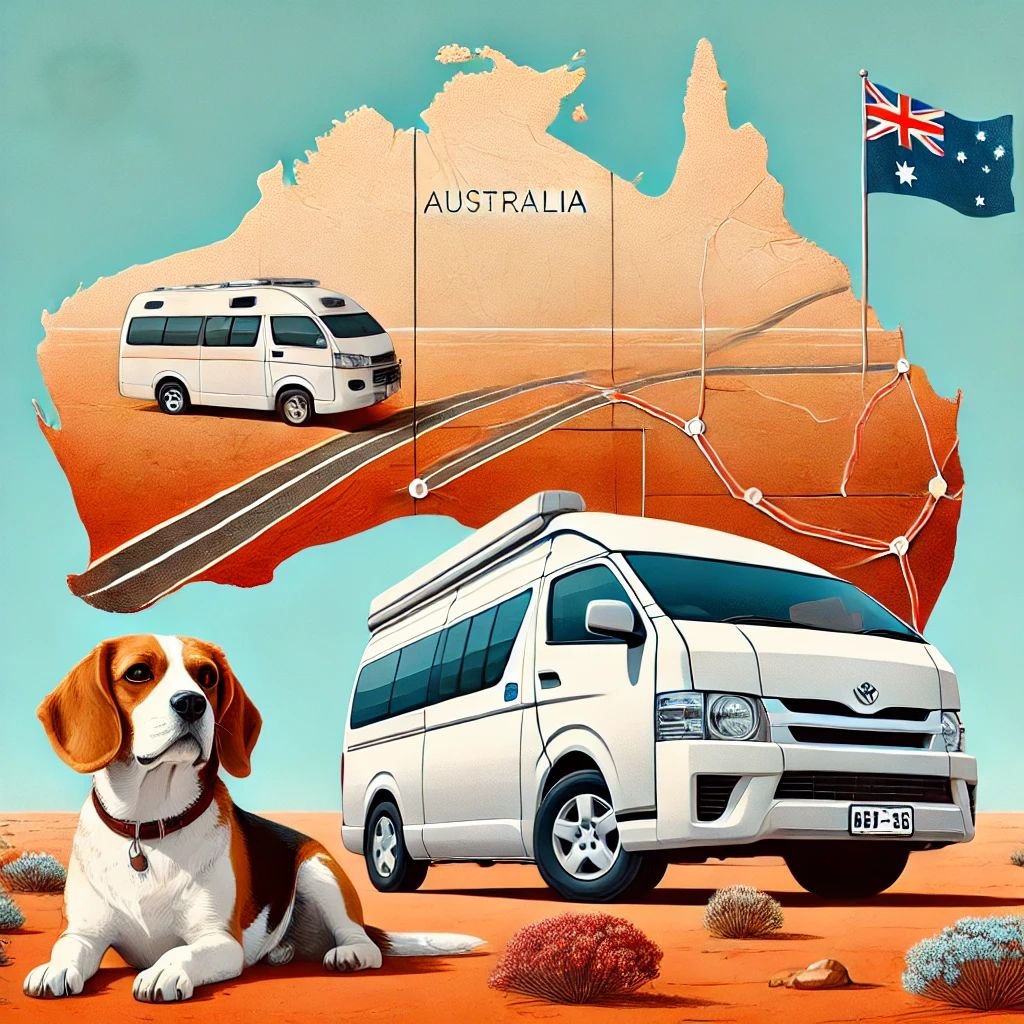The National Park Junior Ranger Program
The National Park Junior Ranger program at Olympic National Park is an engaging way for children (and adults) to learn about the park’s natural and cultural history. Participants receive a workbook filled with activities and challenges designed to educate and entertain.
- Activities: Identifying local wildlife, learning about the park’s ecosystems, and understanding its history.
- Completion: Completing the program earns a Junior Ranger badge, a symbol of dedication and knowledge about the park.
Our child enthusiastically took on the tasks, from hiking trails to observing nature closely, and proudly earned their Junior Ranger badge. The program not only provided educational value but also enhanced our overall experience in the park.
For more information, visit the National Park Service Junior Ranger Program.
Ocean Explorer Junior Ranger Program
Given Olympic National Park’s extensive coastline, the Ocean Explorer Junior Ranger program focuses on marine life and coastal ecosystems. This program was a hit with our family as we delved into the mysteries of the ocean.
- Activities: Exploring tide pools, understanding the importance of marine conservation, and learning about the creatures inhabiting the intertidal zones.
- Completion: The program culminated in the awarding of the Ocean Explorer Junior Ranger badge, a testament to our newfound knowledge of marine environments.
We spent hours at the beach, marveling at starfish, anemones, and other marine life, making this program both educational and deeply enjoyable.
More details can be found on the National Park Service Ocean Explorer Junior Ranger Program.
Bark Ranger Program
Olympic National Park is also a fantastic destination for pet lovers, offering the Bark Ranger program to educate visitors about responsible pet practices in the park.
- Focus: Emphasizing keeping pets on a leash, respecting wildlife, and adhering to park regulations to ensure a safe environment for all.
- Completion: Our beagle, Sniffy, eagerly participated, and we all learned valuable lessons about preserving the park’s pristine nature while enjoying it with our furry friend.
Completing the Bark Ranger program was a proud moment for our family, and Sniffy received his own Bark Ranger badge, which he wore with pride.
For more information, visit the National Park Service Bark Ranger Program.
Camping at Fairholme Campground
Fairholme Campground, situated on the western shores of Lake Crescent, provided an ideal base for our adventures. The campground offered a peaceful and scenic setting with convenient access to various parts of the park.
Features of Fairholme Campground
- Location: Nestled among old-growth forests, providing a serene and picturesque camping experience.
- Amenities: Includes picnic tables, fire pits, restrooms, and potable water, ensuring a comfortable stay.
- Activities: Proximity to Lake Crescent allowed us to enjoy kayaking, swimming, and fishing.
Our Camping Experience
- Setting Up Camp: Arriving at Fairholme, we found our campsite spacious and well-shaded, perfect for setting up our tent and relaxing.
- Evening Campfires: Each night, we gathered around the campfire, roasting marshmallows and recounting the day’s adventures.
- Exploring Nearby Trails: We hiked several nearby trails, including the Marymere Falls Trail, which offered stunning views and a refreshing waterfall at the end.
For more details about the campground, visit the National Park Service Fairholme Campground.
Highlights of Olympic National Park
While the Junior Ranger programs and camping were highlights, Olympic National Park itself is a wonderland waiting to be explored. Here are some of the park’s must-see attractions:
- Hurricane Ridge: Offers breathtaking panoramic views of the Olympic Mountains. We took a scenic drive up to the ridge, followed by a hike along one of its many trails. Hurricane Ridge receives an average of 400 inches of snow annually, making it a popular winter destination.
- Hoh Rain Forest: One of the park’s most famous ecosystems, the Hoh Rain Forest is a lush, verdant area with towering trees and moss-draped landscapes. Walking the Hall of Mosses Trail felt like stepping into a fairytale. The Hoh Rain Forest receives over 140 inches of rainfall each year, contributing to its rich biodiversity.
- Pacific Coastline: The rugged and dramatic coastline of Olympic National Park is home to tide pools, sea stacks, and sandy beaches. We spent time exploring Rialto Beach and Cape Alava, marveling at the natural beauty. The park’s coastline stretches over 70 miles, offering ample opportunities for beachcombing and wildlife viewing.
Statistics and Facts
- Size: Olympic National Park spans approximately 922,650 acres, making it one of the largest national parks in the contiguous United States.
- Ecosystems: The park is renowned for its diversity, encompassing temperate rainforests, alpine regions, and over 70 miles of wild coastline.
- Biodiversity: Home to over 1,450 species of vascular plants and hundreds of animal species, including Roosevelt elk, black bears, and the endemic Olympic marmot.
- Visitors: The park welcomes over 3 million visitors annually, drawn by its stunning landscapes and recreational opportunities.
Tips for Visiting Olympic National Park
To make the most of your visit to Olympic National Park, consider the following tips:
- Plan Ahead: Olympic National Park is vast, so planning your visit in advance will help you prioritize the areas you want to explore. Check the National Park Service website for updates on park conditions and closures.
- Pack Essentials: Bring appropriate gear for various weather conditions, as the park’s climate can be unpredictable. Waterproof clothing and sturdy hiking boots are recommended.
- Respect Wildlife: Keep a safe distance from wildlife and follow park regulations to ensure both your safety and the well-being of the animals. Remember, feeding wildlife is prohibited.
- Leave No Trace: Practice Leave No Trace principles to help preserve the park’s natural beauty for future generations. This includes packing out all trash and minimizing your impact on the environment.
Enhancing the Experience
Our journey through Olympic National Park was enriched by participating in the educational programs and connecting with the park’s diverse ecosystems. Here are some additional activities that can enhance your visit:
- Ranger-Led Programs: Participate in ranger-led hikes and talks to gain deeper insights into the park’s natural and cultural history.
- Wildlife Watching: Bring binoculars and a camera to capture the diverse wildlife. Early mornings and late afternoons are the best times for sightings.
- Water Activities: Explore Lake Crescent and other bodies of water by kayaking, canoeing, or paddleboarding. The crystal-clear waters provide stunning views of the underwater world.
- Stargazing: The park’s remote location and minimal light pollution make it an excellent spot for stargazing. On clear nights, the Milky Way is visible in all its glory.
Our journey through Olympic National Park was filled with unforgettable moments, from earning Junior Ranger badges to camping at Fairholme Campground. The diverse landscapes and rich ecosystems provided endless opportunities for adventure and learning. Whether you’re a seasoned traveler or a first-time visitor, Olympic National Park offers something for everyone. Pack your bags, embark on this incredible journey, and create memories that will last a lifetime.




